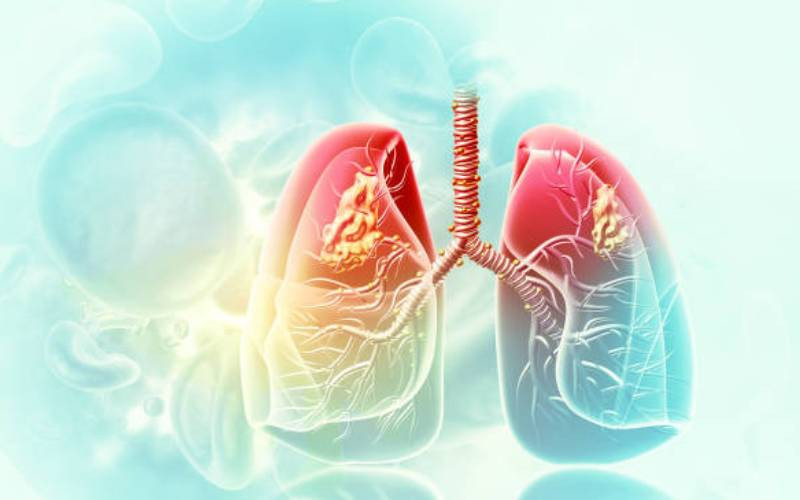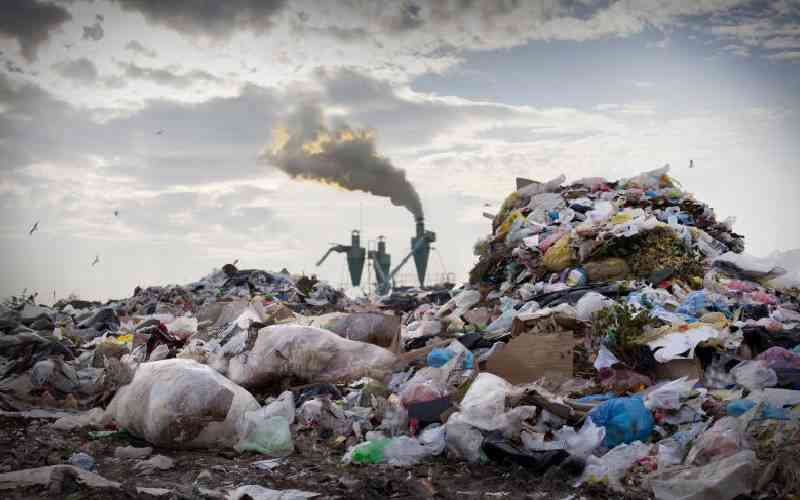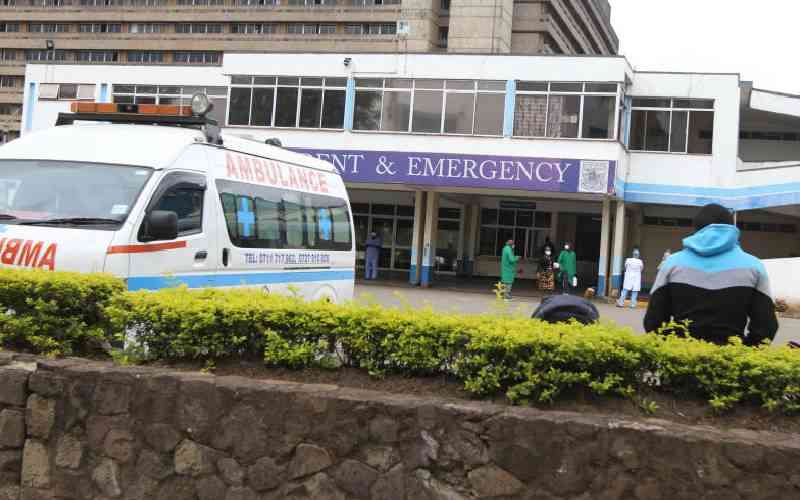
Some Kenyans, unaware of the early signs of lung cancer have been seeking help from herbalists when not buying drugs over the counter.
Such medications while temporarily relieving them of pain does more harm than good considering that less than 10 per cent of those diagnosed with lung cancer survive, according to the International Agency for Research on Cancer (IARC).
Gideon Ayodo, an officer at the Non-Communicable Diseases Alliance of Kenya (NCD Alliance) says “patients with warning signs suggestive of cancer or diagnosed with cancer resort to alternative medicine. While getting relief from pain, the condition worsens and cancer advances to a stage that cannot be managed easily.”
And the statistics make for grim reading: In 2020, of the 794 new cases of lung cancer in Kenya, 729 died of lung cancer, according to IARC.
Lawrence Murunga, the Programme Manager, AMPATH Multinational Lung Cancer Control, says most lung cancer patients die due to late diagnosis.
“While undergoing these procedures lung cancer easily spreads to other parts of the body and thus complicates and increases the disease burden. It’s not easy to screen lung cancer.”
“Most patients present with already existing signs and symptoms. It’s equally expensive to screen for lung cancer in a healthy population.”
Lung cancer is the most commonest cancer in the world, but low cancer awareness, uncoordinated or absent screening services and late diagnosis lead to high mortality rates of those diagnosed.
NCD Alliance has thus embarked on sensitisation campaigns on risk factors and prevention besides educating people on the importance of early diagnosis.
Murunga advocates early evaluation and diagnosis of lung cancer as “advancement in treatment will be of great value where surgical interventions and immunotherapy are adopted compared to the usual chemotherapy.”
Murunga’s lung cancer doesn’t favour any gender and even those without apparent risk of exposure can get it and proper evaluation for coughs and other associated pulmonary symptoms for early identification and diagnosis, is crucial.
Nancy Kiptoo, lead nurse, Living Room Hospice in Eldoret insists on palliative care for lung cancer patients to improve their quality of life as “patients who sought palliative care early managed to improve their wellbeing within a few months.”
Kiptoo denounces the perception that palliative care is associated with death as most patients return home feeling better and with the ability to care for themselves.
She advises people to avoid risk factors leading to lung cancer like “smoking tobacco and for those using firewood to ensure their kitchens are well ventilated. Farmers should also use masks when spraying to avoid breathing in harmful chemicals.”
Kenyans have also become more receptive to palliative care services compared to previous years, according to David Musyoki, the Director of Programs at Kenya Hospitals and Palliative Care Association.
“In Kenya, 1.5 million people are in need of palliative care but only 10 per cent can access the service,” says Musyoki.
“Palliative care is a key component of cancer care because the patients need psychological, physical, social and spiritual support that cannot be given in a consistent way in our hospitals.”
Musyoki puts the number of palliative care units in the country at 80 compared to 14 in 2010, a growth he attributes to sensitisation on the importance of palliative care to health care workers and the public.
 The Standard Group Plc is a multi-media organization with investments in media platforms spanning newspaper print
operations, television, radio broadcasting, digital and online services. The Standard Group is recognized as a
leading multi-media house in Kenya with a key influence in matters of national and international interest.
The Standard Group Plc is a multi-media organization with investments in media platforms spanning newspaper print
operations, television, radio broadcasting, digital and online services. The Standard Group is recognized as a
leading multi-media house in Kenya with a key influence in matters of national and international interest.











